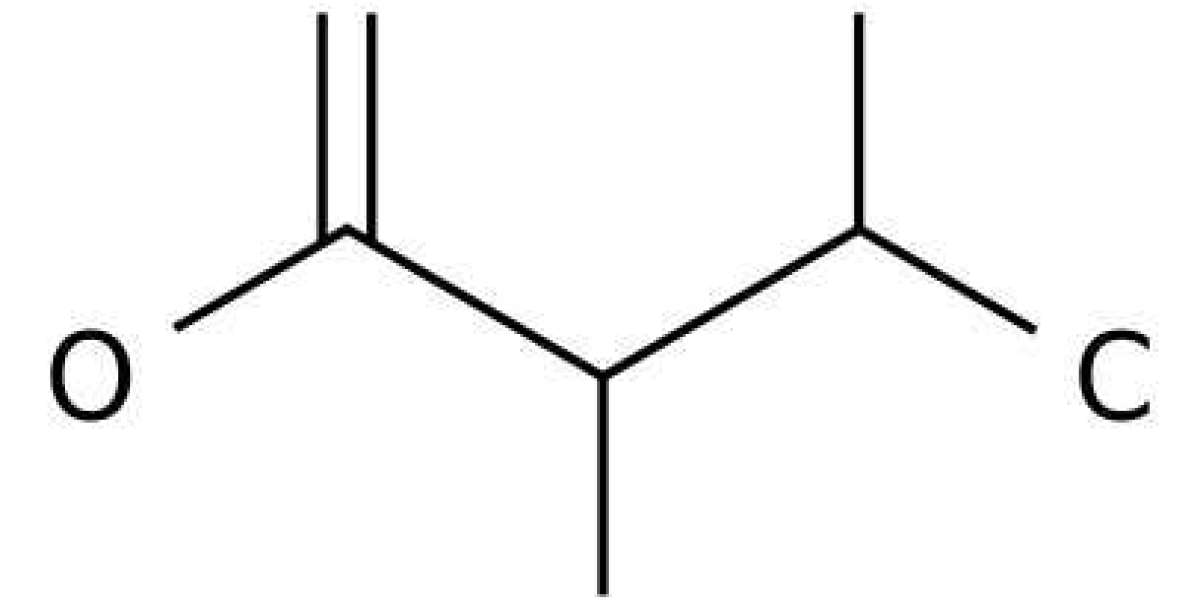Amino acid abbreviations
Amino acids are the building blocks that form polypeptides and ultimately proteins. Consequently, they are fundamental components of our bodies and vital for physiological functions such as protein synthesis, tissue repair and nutrient absorption. Here we take a closer look at amino acid properties, how they are used in the body and where they come from. This table shows the abbreviations and single letter codes used for the 20 amino acids found in proteins. In addition, pyrrolysine, used in the biosynthesis of proteins in some archaea and bacteria but not present in humans, and selenocysteine, a cysteine analogue only found in some lineages, are included in blue. Finally, abbreviations used for amino acid residues with more than one potential identity, and the termination codon are shown in red to complete the alphabet of single letter abbreviations.
Ile amino acid
Isoleucine was isolated from beet sugar molasses in 1904. The hydrophobic nature of isoleucine’s side chain is important in determining the tertiary structure of proteins in which it is included. Those suffering from a rare inherited disorder called maple syrup urine disease, have a faulty enzyme in the degradation pathway common to isoleucine, leucine, and valine structure. Without treatment, metabolites build up in patient’s urine contributing the distinctive odor that gives the condition its name.
Val amino acid
The valine structure was established in 1906, after first being isolated from albumin in 1879. Only the l-stereoisomer appears in mammalian protein. Valine can be degraded into simpler compounds in the body, but in people with a rare genetic condition called maple syrup urine disease, a faulty enzyme interrupts this process and can prove fatal if untreated.
Nine essential amino acids and amino acid supplements
The human body is able to synthesize 11 of the 20 amino acids, however the other nine we cannot. This is likely as a result of gene loss or mutation over time in response to changing selective pressures, such as the abundance of particular food containing specific amino acids. These are therefore termed essential amino acids and must be acquired through our diet.
Particular animal species are able to synthesize different amino acids and, accordingly, their dietary requirements differ. Humans for example are able to synthesize arginine, but dogs and cats cannot – they must acquire it through dietary intake. Unlike humans and dogs, cats are unable to synthesize taurine. This is one of the reasons that commercial dog food is unsuitable for cats. For humans, the nine amino acids that must be acquired through diet are histidine, isoleucine, leucine, lysine, methionine, phenylalanine, threonine, tryptophan, and valine structure. Foods that contain all nine essential amino acids are referred to as "complete proteins", and include meat, seafood, eggs, dairy products, soy, quinoa and buckwheat. Other protein sources, such as nuts, seeds, grains and beans, contain some but not all essential amino acids and are therefore referred to as incomplete.



